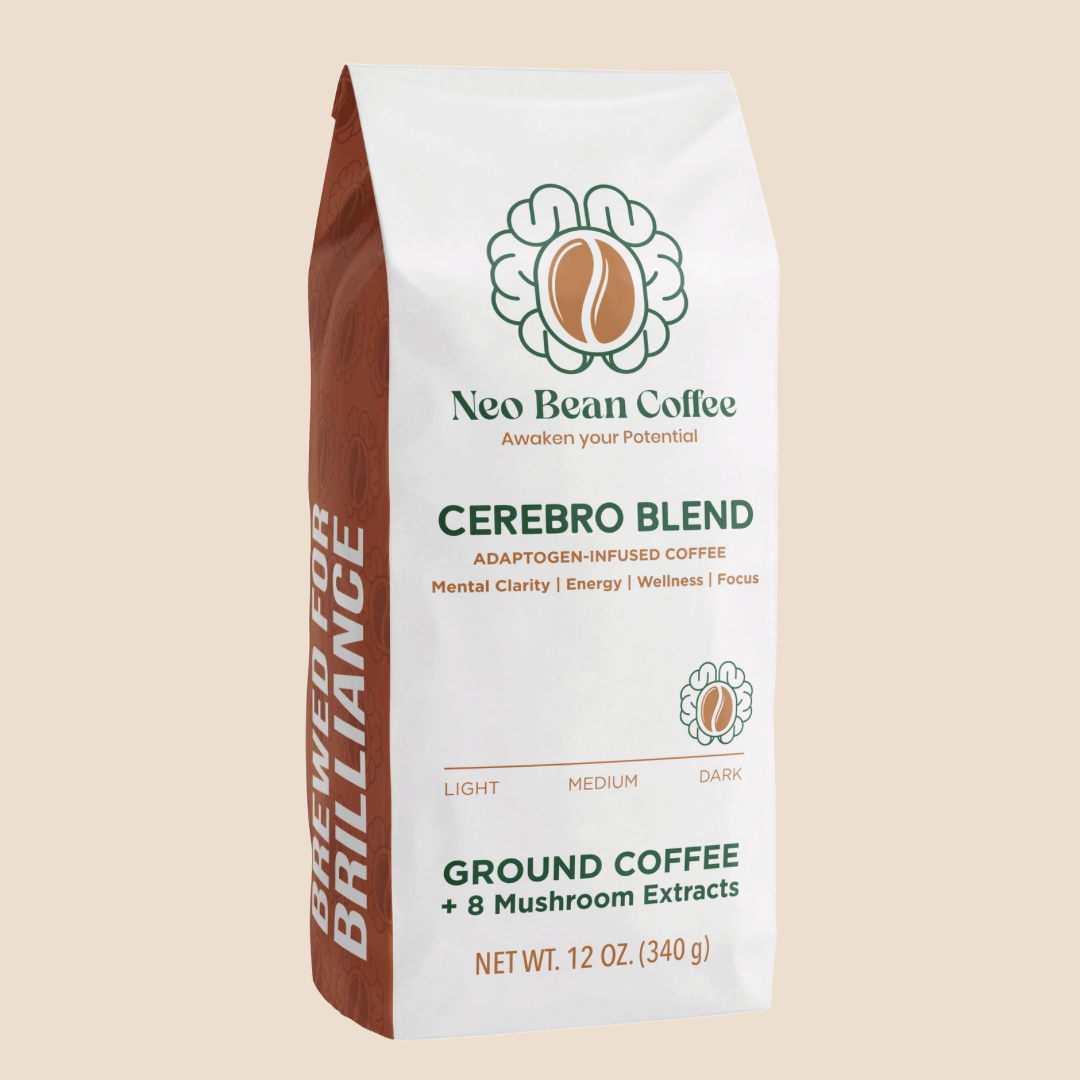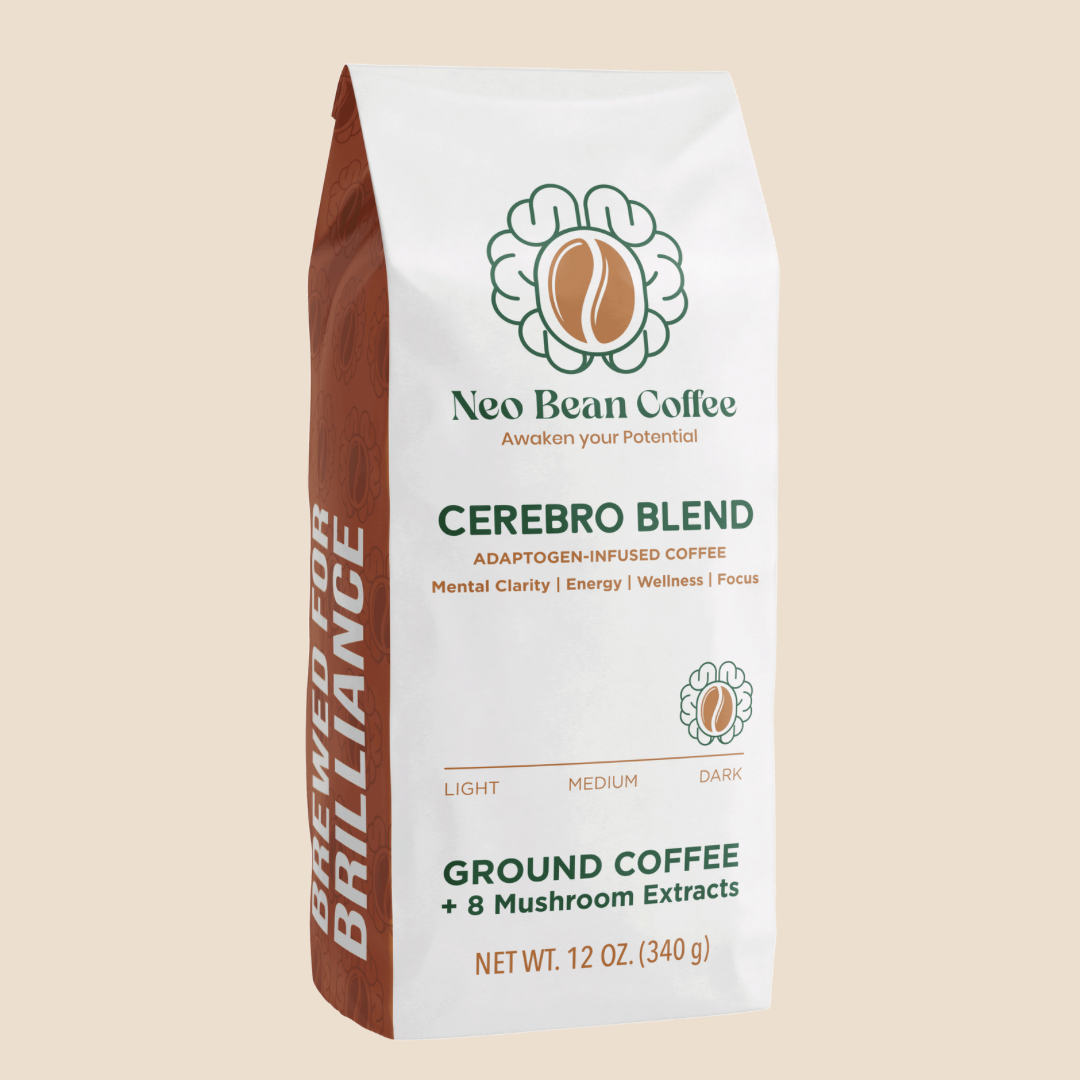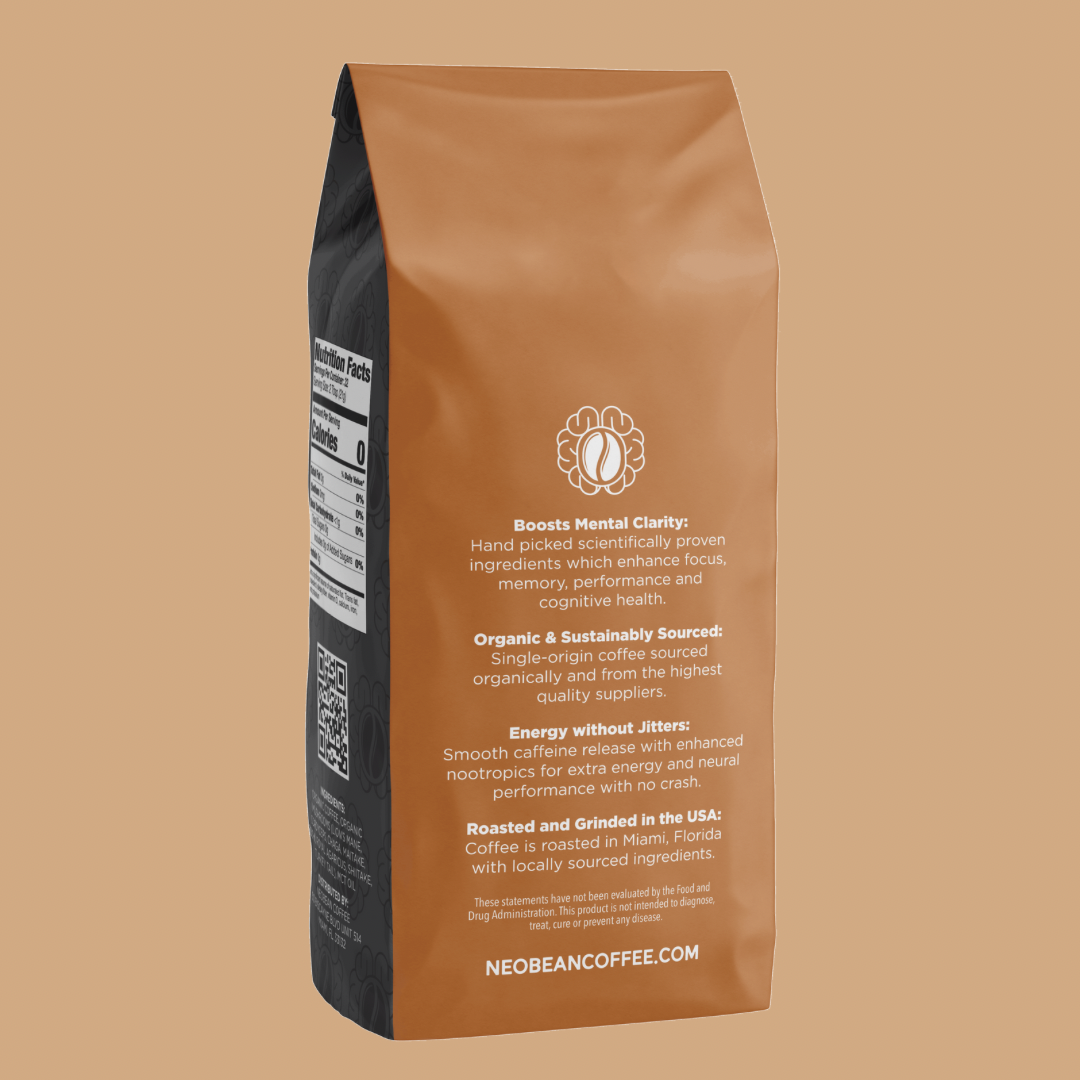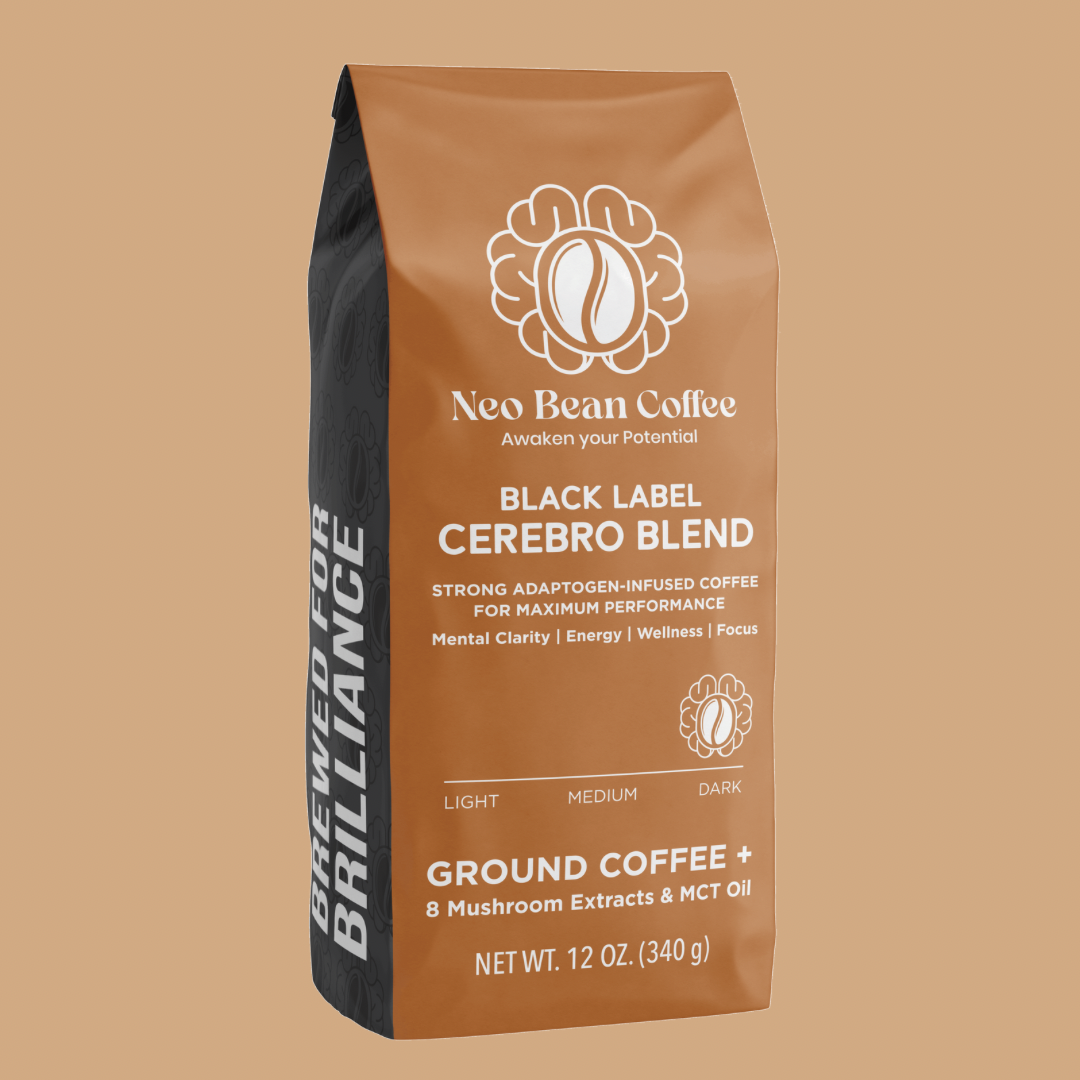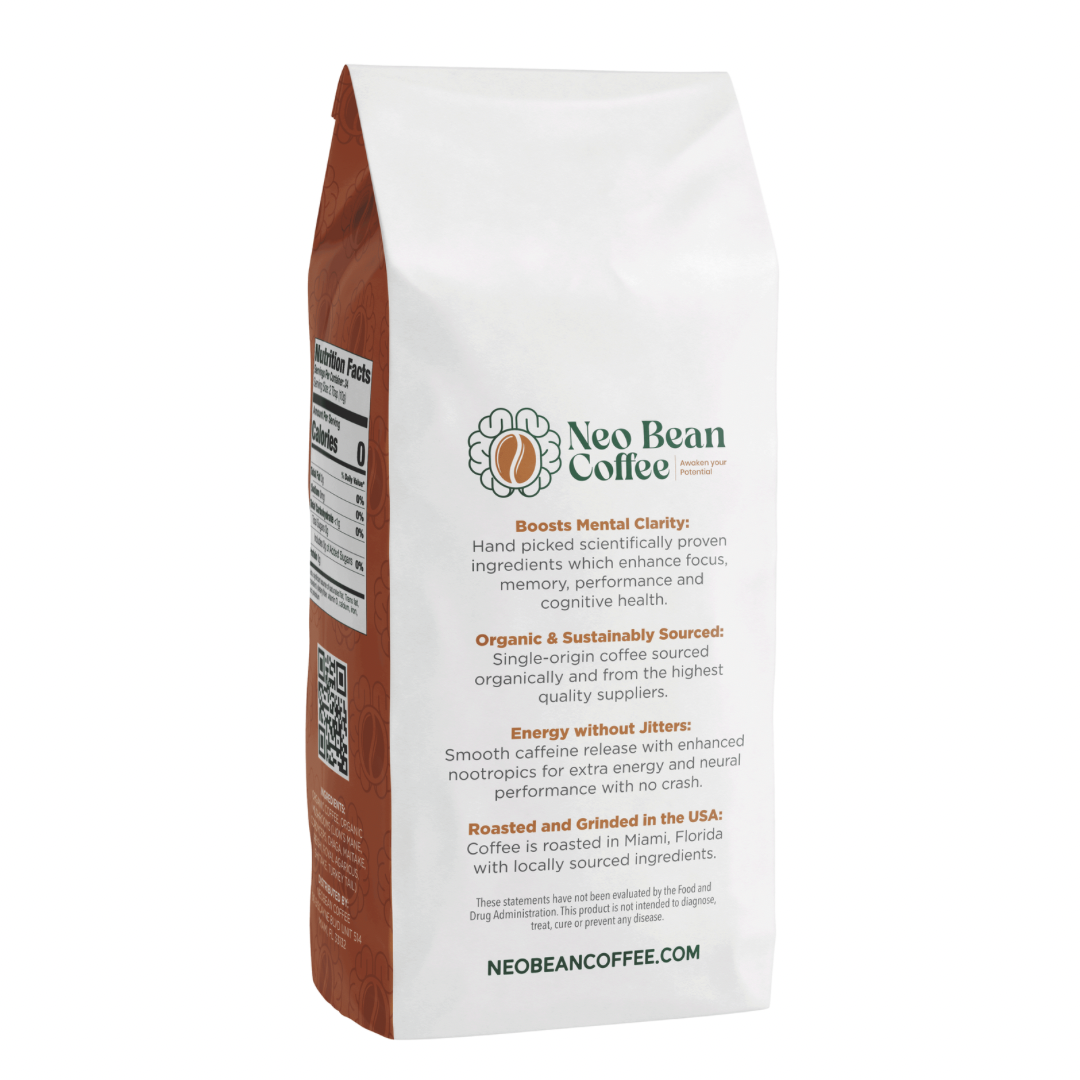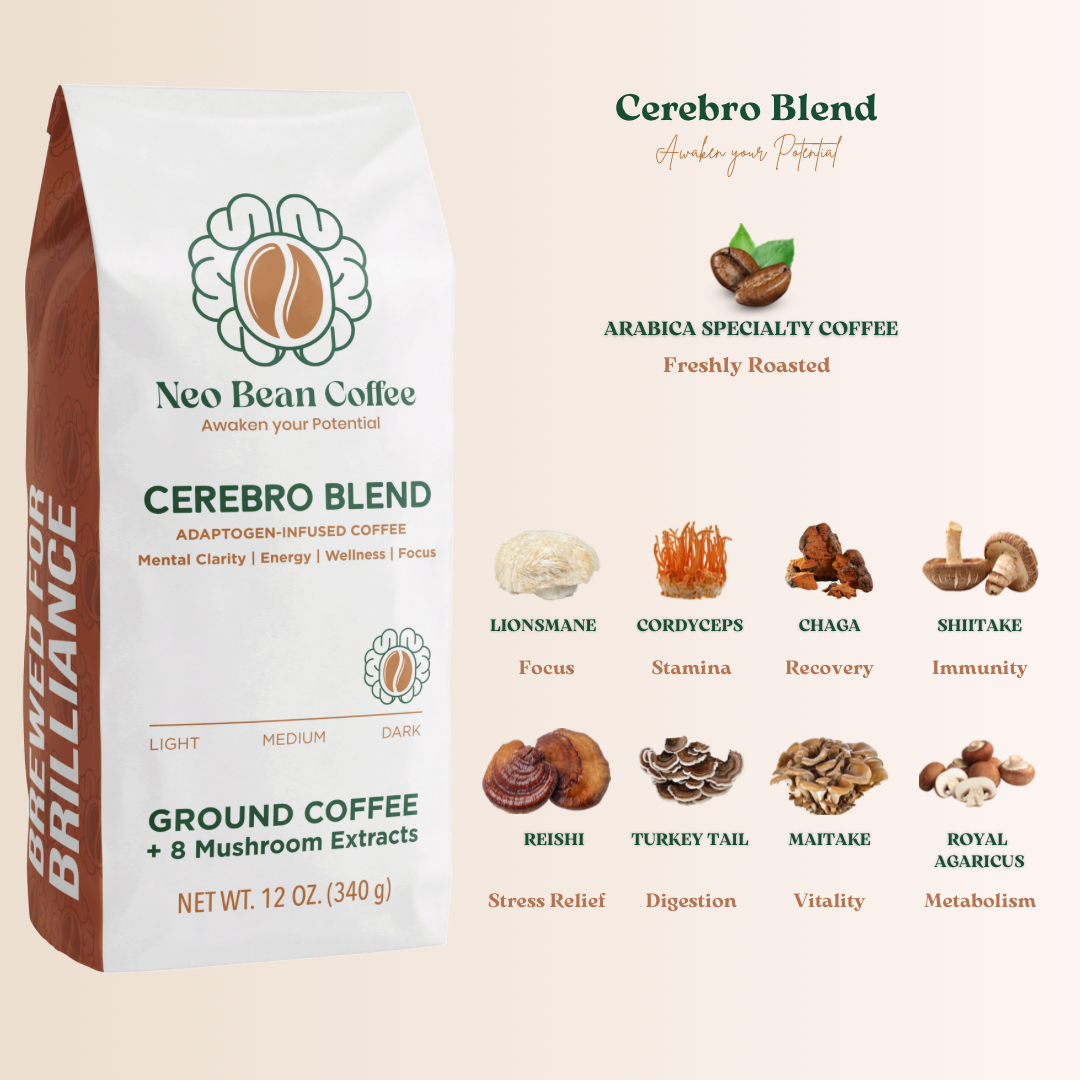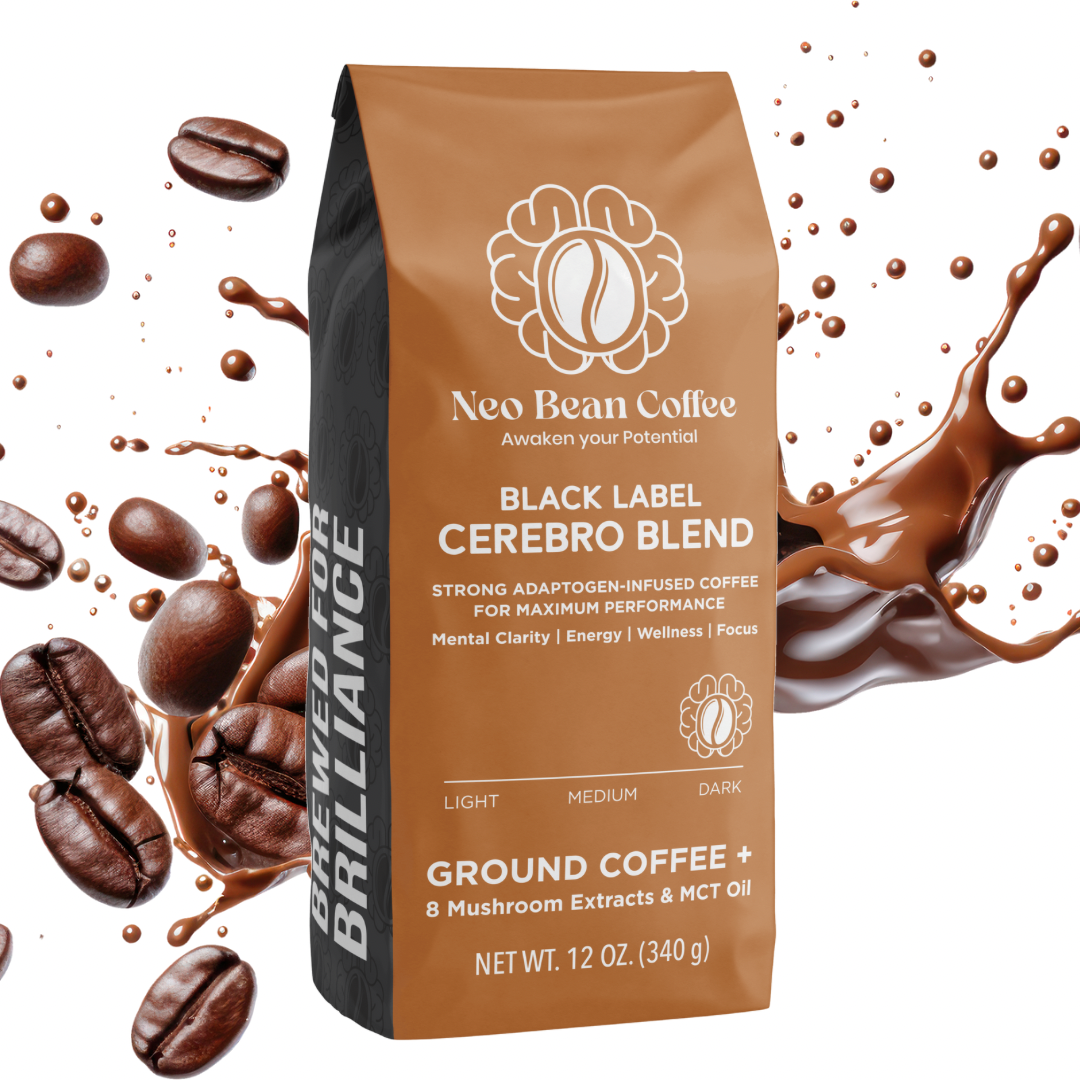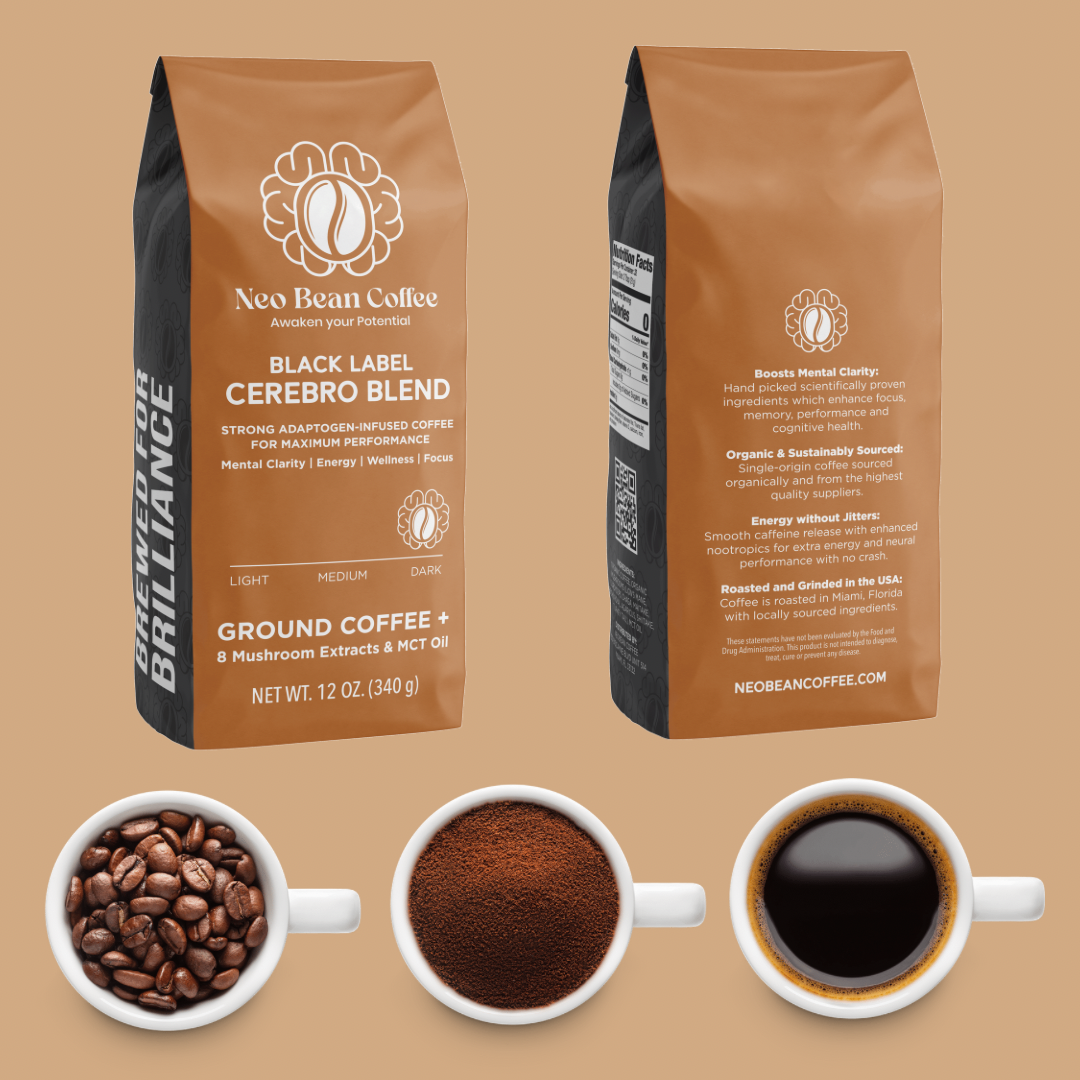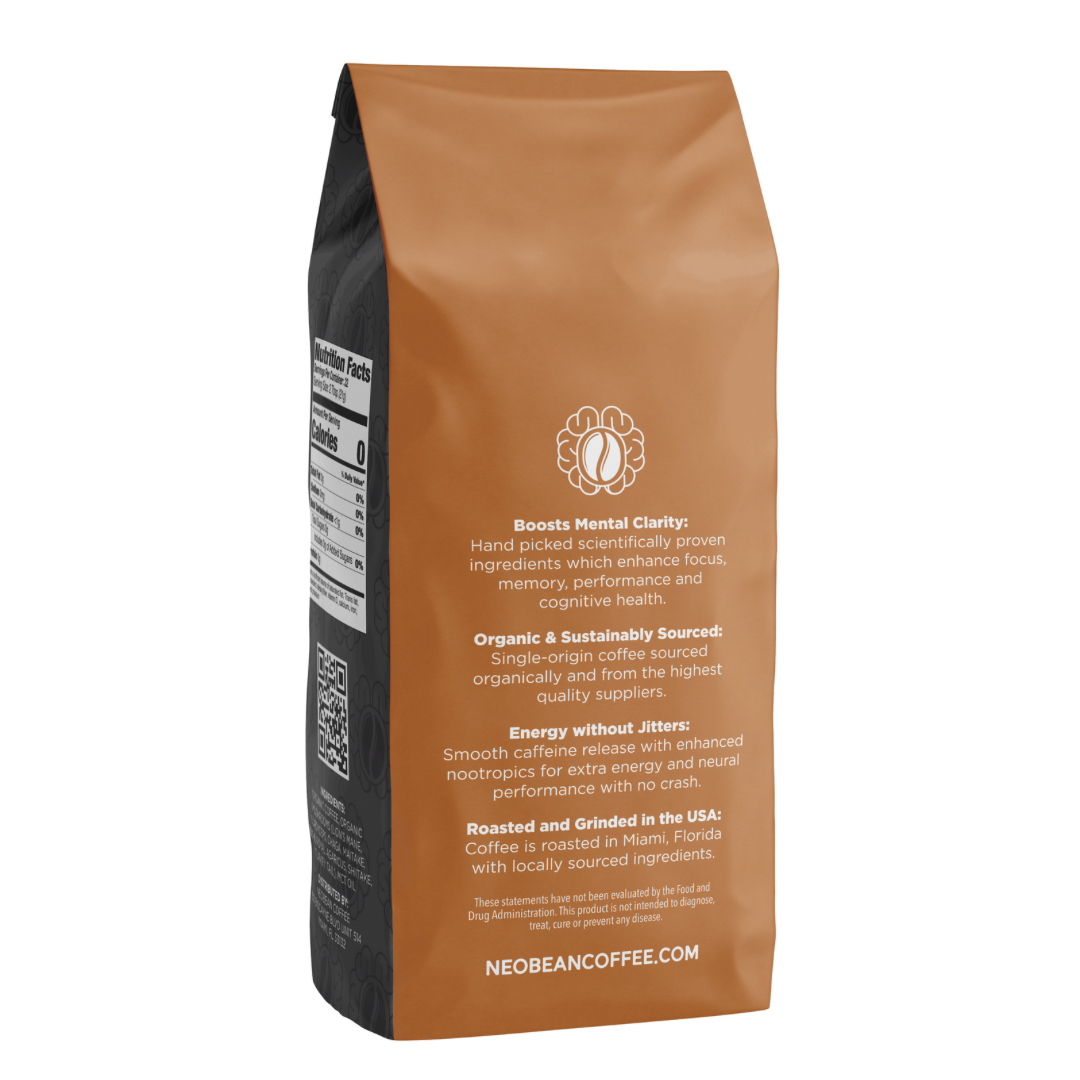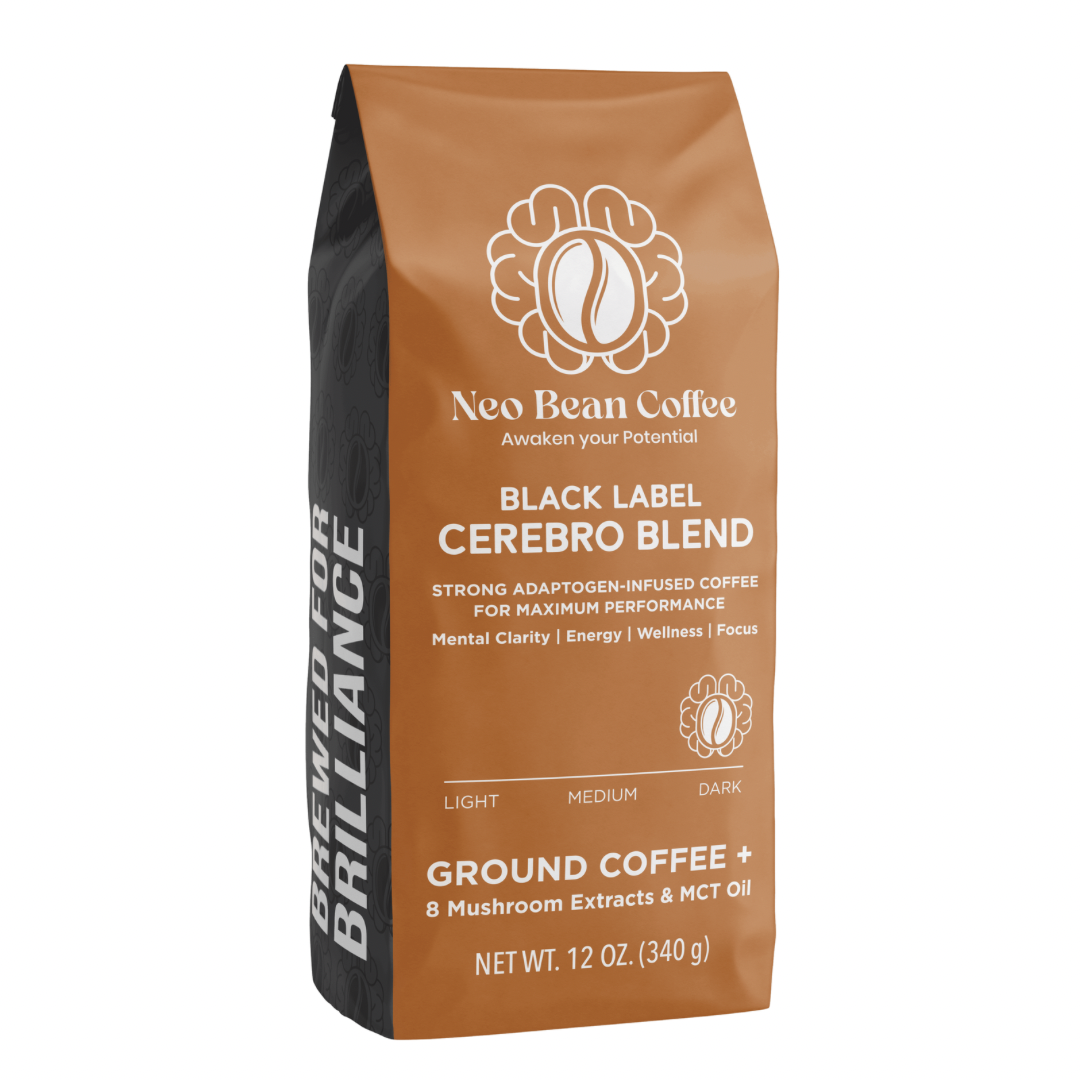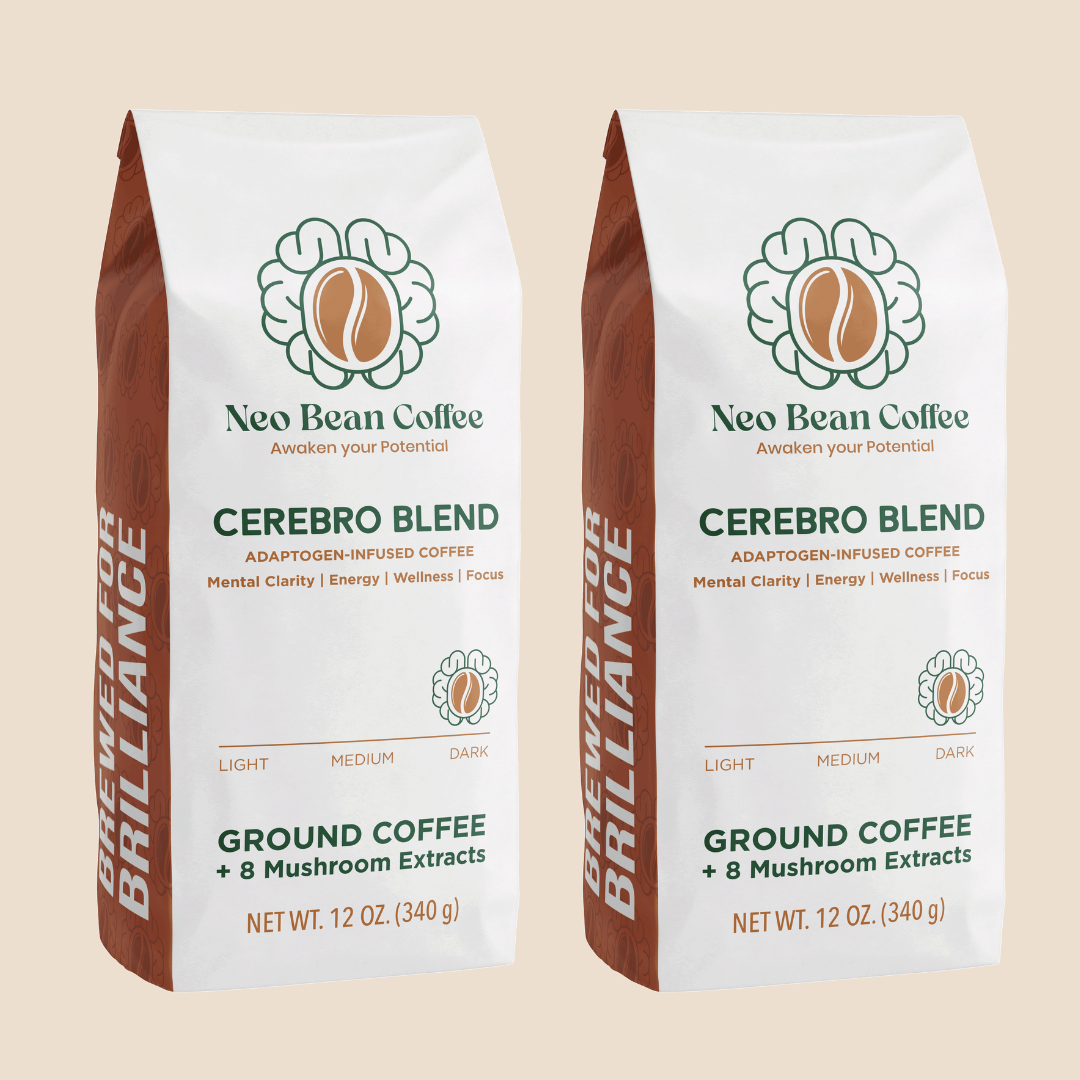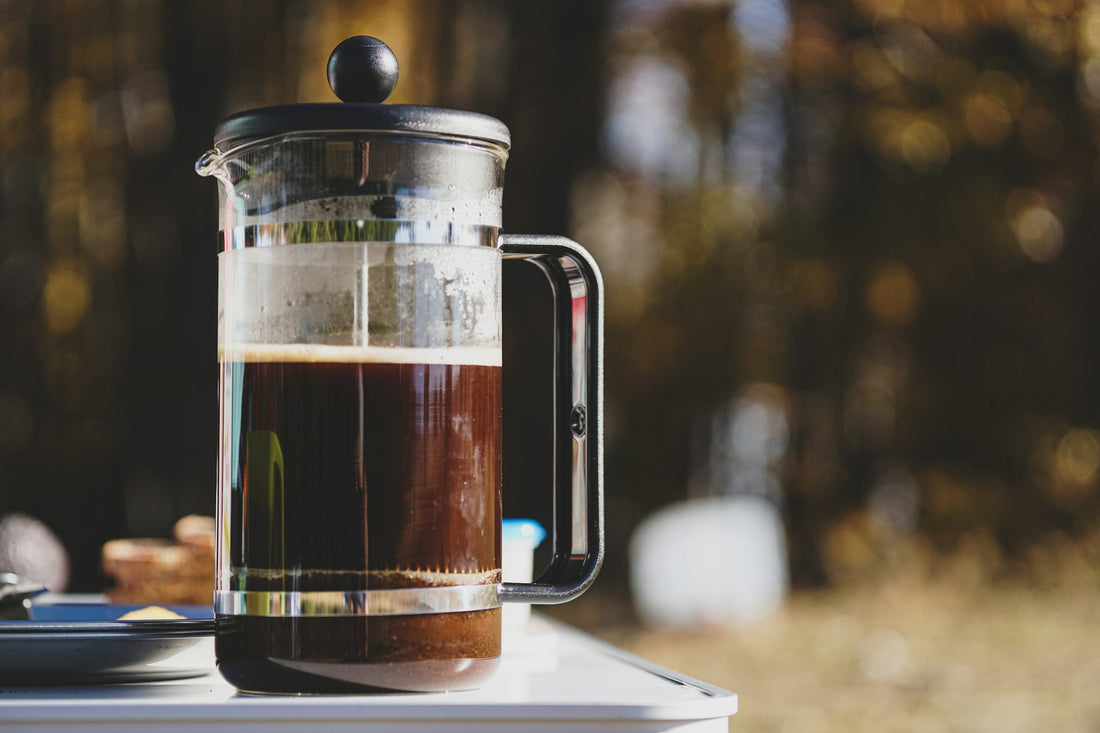
French Press Coffee: Full-Bodied and Bold
Share
History of the French Press

The French press, or cafetière, was first patented in 1929 by Milanese designer Attilio Calimani, but early versions of the device date back to the late 19th century in France. Over the years, the design evolved to include a metal mesh plunger, which improved its efficiency and ease of use. This immersion method remains popular due to its ability to extract deep, rich flavors and natural oils from coffee beans, offering a more full-bodied and textured brew compared to paper-filtered methods.
Advantages of the French Press
-
Rich and Full Flavor: Unlike paper filters that absorb natural oils, the French press allows these flavorful compounds to remain in the brew, creating a deep and robust cup.
-
Customizable Strength: The steeping time can be adjusted to control the strength of the brew, making it versatile for different taste preferences.
-
Eco-Friendly: No need for disposable filters, making it a more sustainable brewing option.
-
Affordable and Accessible: French press coffee makers are widely available and relatively inexpensive compared to other brewing devices.
Step-by-Step Brewing Guide:
-
Grind the Coffee: Use a coarse grind, similar to breadcrumbs. A consistent grind prevents over-extraction and reduces sediment in the cup.
-
Boil the Water: Heat water to 195-205°F (90-96°C). Avoid boiling water as it can scorch the coffee grounds and create bitterness.
-
Measure the Coffee: Use a French press coffee ratio of 75g of coffee per liter of water. A common guideline is 1:15 coffee-to-water ratio for balanced extraction.
-
Add the Coffee to the Press: Place the freshly ground coffee into the French press coffee maker.
-
Pour the Water: Slowly add hot water, ensuring all grounds are evenly saturated. Stir gently to ensure even extraction.
-
Steep the Coffee: Cover with the lid and let it steep for 4 minutes. For a stronger brew, steep for up to 6 minutes.
-
Plunge the Filter: Press the plunger down slowly and steadily to separate the coffee grounds from the liquid.
-
Serve and Enjoy: Pour the coffee into your coffee pot or directly into your cup immediately to prevent over-extraction. Enjoy the full-bodied, rich taste.
French Press Instructions: Tips for the Best French Press Coffee
-
Use Freshly Roasted Coffee Beans: Fresh beans enhance flavor and aroma.
-
Preheat the French Press: Rinse the carafe with hot water before brewing to maintain a consistent temperature.
-
Experiment with Brew Time: Adjust steeping time based on personal taste preferences.
-
Pour Immediately After Brewing: Leaving coffee in the French press after plunging can cause over-extraction, leading to bitterness.
-
Consider Double Filtering: If you prefer a cleaner cup, pour the brewed coffee through a secondary filter to remove excess fine particles.
How to Use a French Press vs. Other Brewing Methods
-
French Press vs. Pour Over: The French press offers a bolder, oilier cup, whereas pour-over methods produce a cleaner, more delicate brew.
-
French Press vs. Espresso: Espresso is more concentrated and extracted under high pressure, while French press coffee is steeped for a smoother texture.
-
French Press vs. Drip Coffee Maker: Drip machines filter out oils and some flavors, resulting in a lighter cup, while the French press retains more depth and richness.
Each brewing method offers a unique perspective on coffee, allowing drinkers to explore and appreciate the nuances of different beans. At Neo Bean, we encourage coffee lovers to experiment and find the brew style that best suits their taste and lifestyle. Whether you prefer the clarity of a pour-over, the richness of a French press, or the bold intensity of an espresso, there’s a perfect brewing method for every coffee enthusiast. Learning how to make French press coffee by following detailed French press coffee instructions ensures a consistently delicious cup. If you are looking for the best French press, consider factors such as size, material, and durability to enhance your brewing experience.
